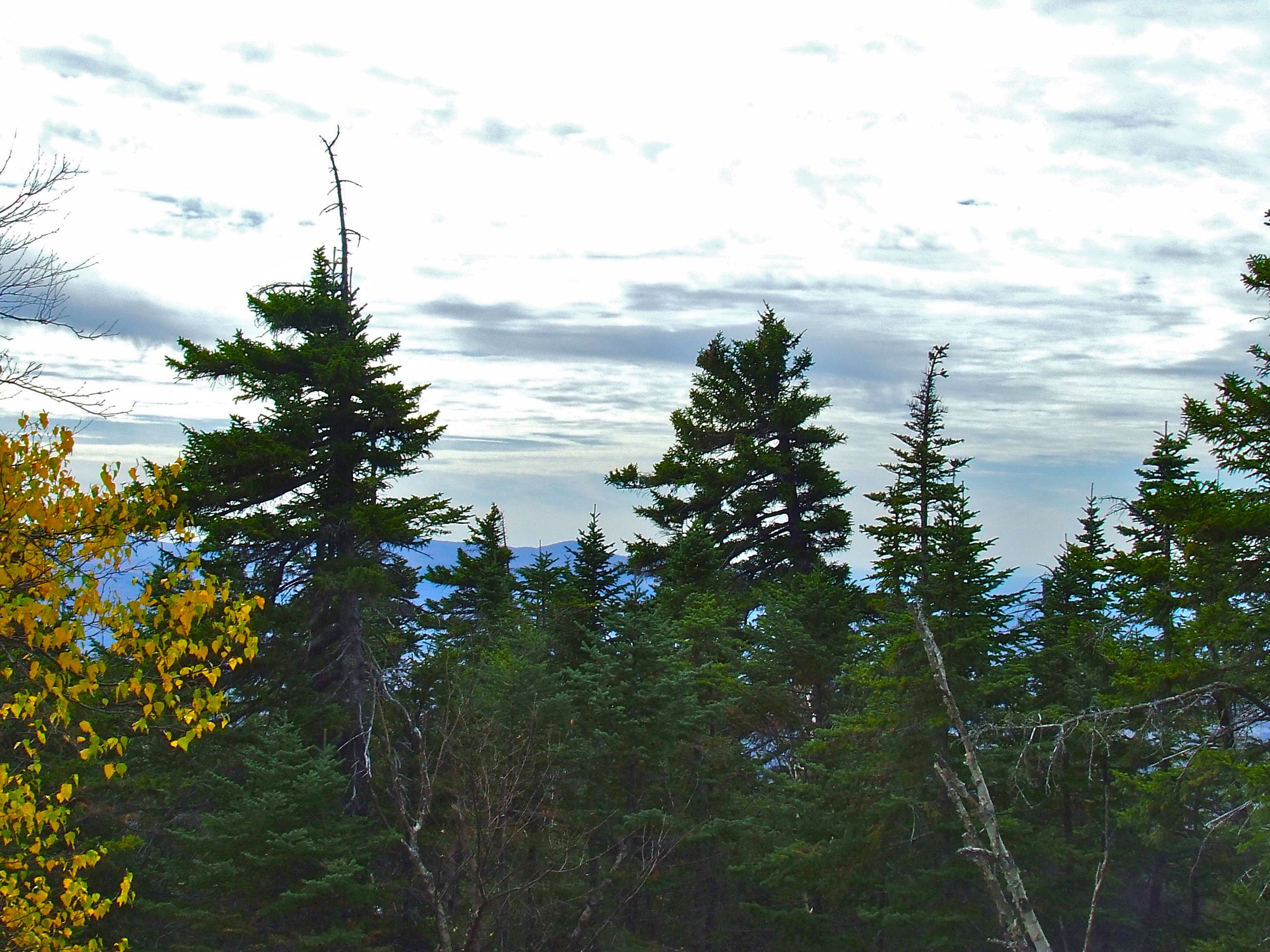Matthew Galvin – SCA NH Corps – Discover the Power of Parks Interpretive Ranger
Unfortunately, the best time of year has come and gone. It feels like Fall has been knocking on the door for a month. Yes, school is back in session, but I am referring to something else. There are natural clues or indicators that we can pay attention to that signal the changing of the season. Spring and Fall have some more obvious indicators as many plants begin to show vibrant colors, but I focus on some lesser known indicators.
Noises
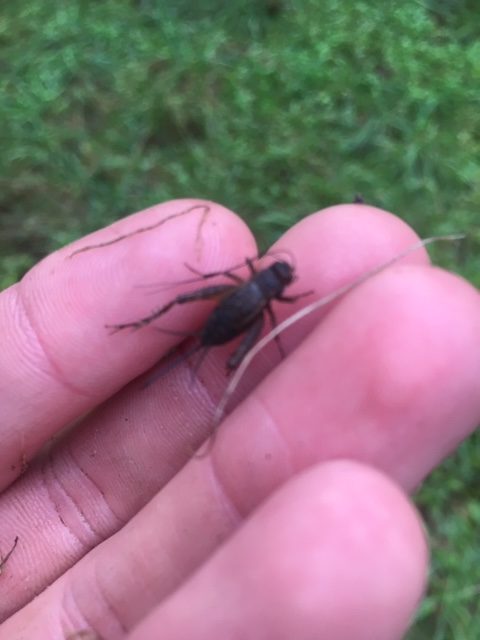
Come August, the background noise in the evenings becomes a familiar sound from Spring but it is not frogs. It’s crickets and katydids (another insect)! In agreement with popular belief, crickets carry the weight of these evening performances. Grasshoppers call too, but during the daytime.
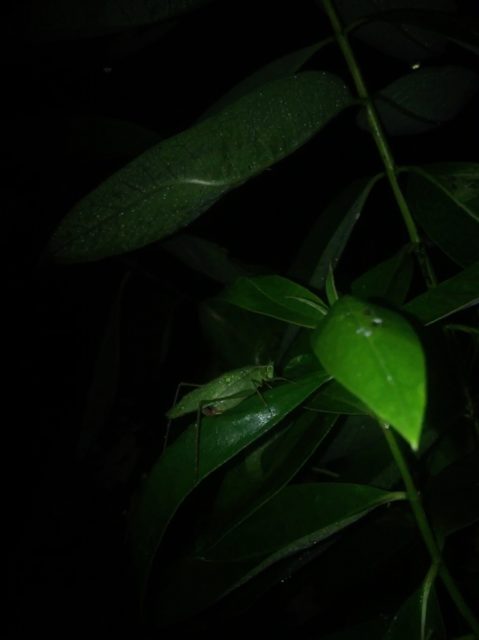
It is true that temperature affects the speed at which these insects call. Take time to compare the speed of the cricket symphony when it is warmer, vs cooler at night.
While insects start to fill the musical void that song birds have created, we still hear one species that is excited to tell us it is here to stay. The “cawing” that can be heard at this time of year is not a crow. It is a blue jay calling “Jay, jay!” Blue Jays seem more vocal now than in the Spring when bird calls are ubiquitous. After keeping a low profile while waiting for their young to fledge, jays become social and travel in flocks1. So, when you hear a “jay, jay” call sequence in the fall, you might be hearing multiple individuals.

On occasion, the actual calls of Spring seem to return during Fall at a much smaller scale. You think: “Is that a spring peeper? Just one spring peeper calling in Fall? Impossible!” But, it very well might be a Spring Peeper call. Spring peepers are some of the first callers after winter, so they call during cold conditions. Some Fall nights replicate these conditions and that is possibly why they occasionally call this time of year2.
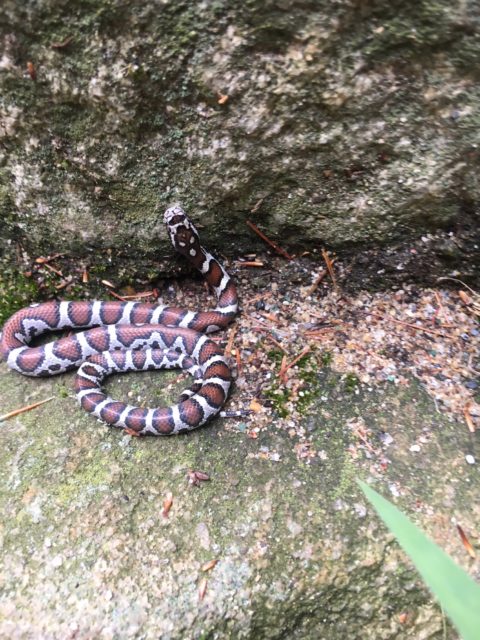
milk snake, native to New England despite its vibrant appearance. Photo by author
Juvenile Reptiles
A rare sign that Fall is approaching is the sight of juvenile reptiles like snakes and turtles. Many local reptiles give birth or have hatching eggs around late summer. So, during the transition to Fall, you might encounter snapping turtle hatchlings or juvenile snakes.
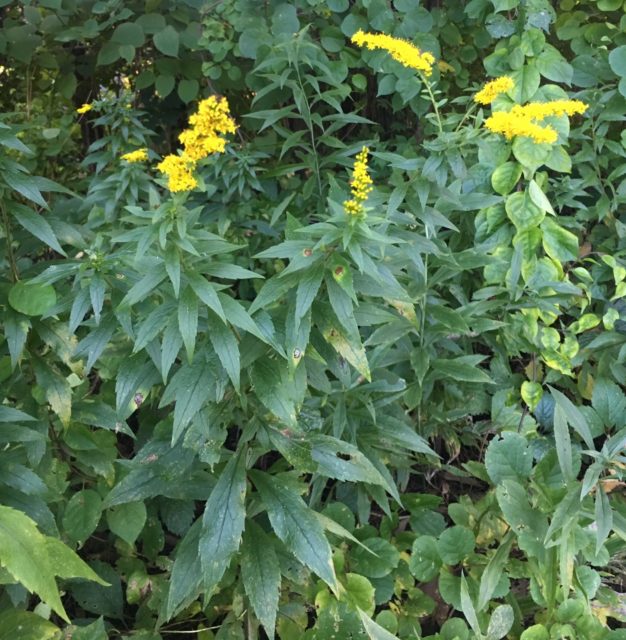
In Bloom
Not many flowers wait until the end of summer to bloom, but goldenrod takes and its purple counterpart, asters do! Asters and goldenrod are both in the aster family, and goldenrod flowers have the aster look. These common plants are important sources for insects as there are few flowers in bloom this time of year3. There is so much insect traffic on goldenrod that the Goldenrod Crab Spider hides in its flowers and pounces on oblivious insects attracted to these late blooming flowers.
You can find these lesser known cues of fall in your backyard or at your local city park. However, you will be treated to more of these “hidden” signs if you visit a state park like Bear Brook, Pawtuckaway, or Franconia Notch.
References
1. Cornell’s lab of Ornithology answers: Why are Blue Jays far more noisy in fall than earlier in the summer? | All About Birds All About Birds
2. Mary Holland explains in her book Naturally Curious in the “Spring Peeper–Calling” paragraph on page 234.

